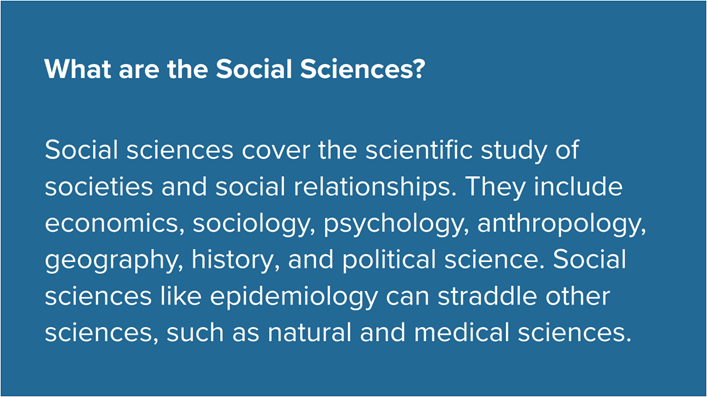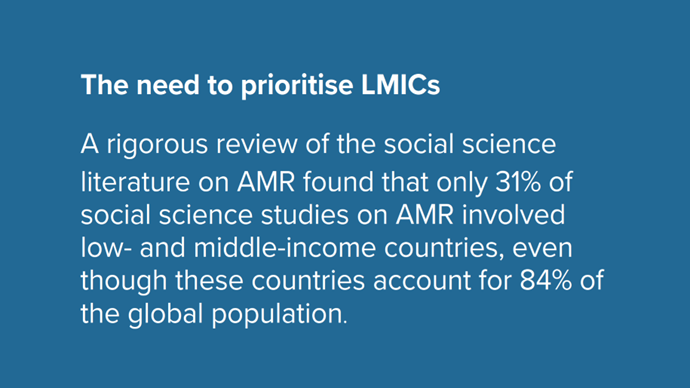What do climate change and antimicrobial resistance (AMR) have in common? The World Health Organization states that climate change is one of humanity’s biggest health threats, and this is exacerbating another – the spread of drug-resistant superbugs. Ecosystem disruption can also be a catalyst for emerging infectious diseases that may subsequently lead to pandemics, increased use of antibiotics, and a rise in AMR.
Beyond Bugs and Drugs, an AMR social science opportunity
With global Sustainable Development Goals (SDGs) threatened by antimicrobial resistance (AMR), how can social science play a critical role in finding solutions?
We speak to Social Scientist, Dr Terri Collins, Principal Health Specialist for the Fleming Fund at Mott MacDonald on AMR as a biosocial problem and the lack of One Health evidence beyond human health.
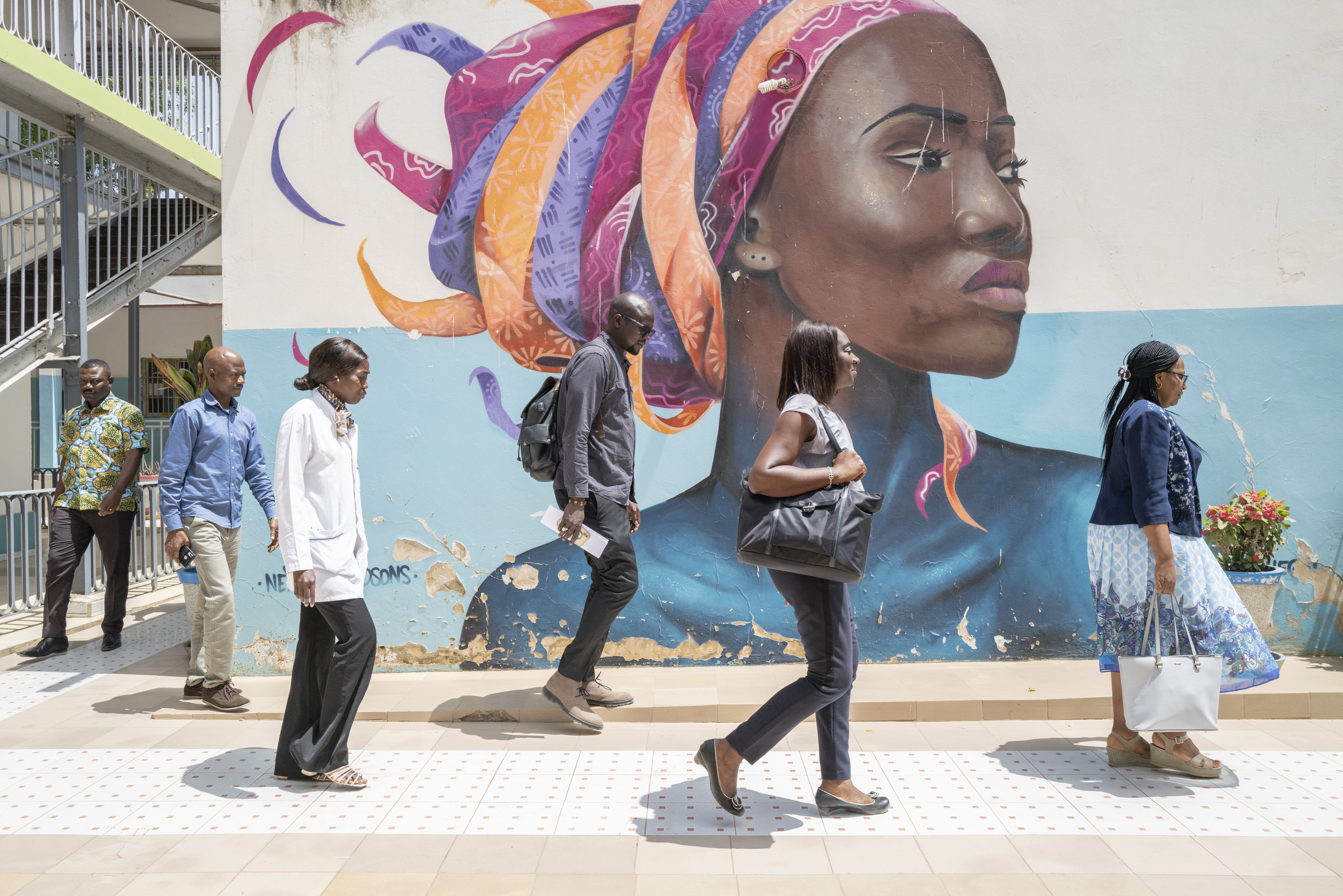
Image caption: Visit to National Public Health Laboratory supported by the Fleming Fund, Senegal. ©Sylvain Cherkaoui
The mechanisms which lead to antimicrobial resistance are biological. However, the conditions promoting, or militating against, these biological mechanisms are profoundly social … Social science, therefore, has a key role to play in measuring, modelling, understanding, and where appropriate changing the social environment in relation to antimicrobial resistance.*
Professor Dame Sally Macintyre, The University of Glasgow.
AMR has profound implications for global health security and is a major threat to the attainment of the (SDGs). To effectively respond to the global threat of AMR, we need to focus not just on ‘bugs and drugs’, but also on the social practices that drive AMR.
These social practices are embedded in multiple sectors; ranging from the production and use of antimicrobials to the practices of health professionals; to the management of livestock and food production. Social scientists, therefore, have a crucial role to play if we are to make progress against the SDG indicator on AMR by 2030.
Social disciplines
Social scientists examine societies, social relationships, and their interface with the natural world.
In tackling AMR, they can elucidate how, when, and why antimicrobials are used in different contexts, as well as how to bridge the divide between the domains of practice, policy, and science.
Social sciences such as epidemiology, economics, sociology, psychology, anthropology, geography, and political science can all shine a light on the multiple dimensions of AMR. They can also make direct contributions to improved antimicrobial stewardship, antimicrobial consumption rates, and use across the One Health sectors.
WHO’s Global Action Plan on AMR is explicit in emphasising the role of the social sciences in addressing the global objectives of improving awareness and understanding of AMR; reducing the incidence of AMR; optimising the use of antimicrobials; and ensuring sustainable investments in countering AMR across One Health sectors.
One Health thinking
Although there is now widespread recognition of the role of social sciences in combatting AMR, systematic reviews continue to highlight significant gaps in the social science evidence base, especially with respect to behaviour change, gender and equity, and economic analysis.
Relatively few studies extend beyond the human health sector to embrace One Health thinking – for example, exploring antimicrobial use in animal husbandry and food production across different geographies.
What is more, comparatively few social science studies on AMR have been published in lower-income countries, while regional research collaborations remain weak or underdeveloped.
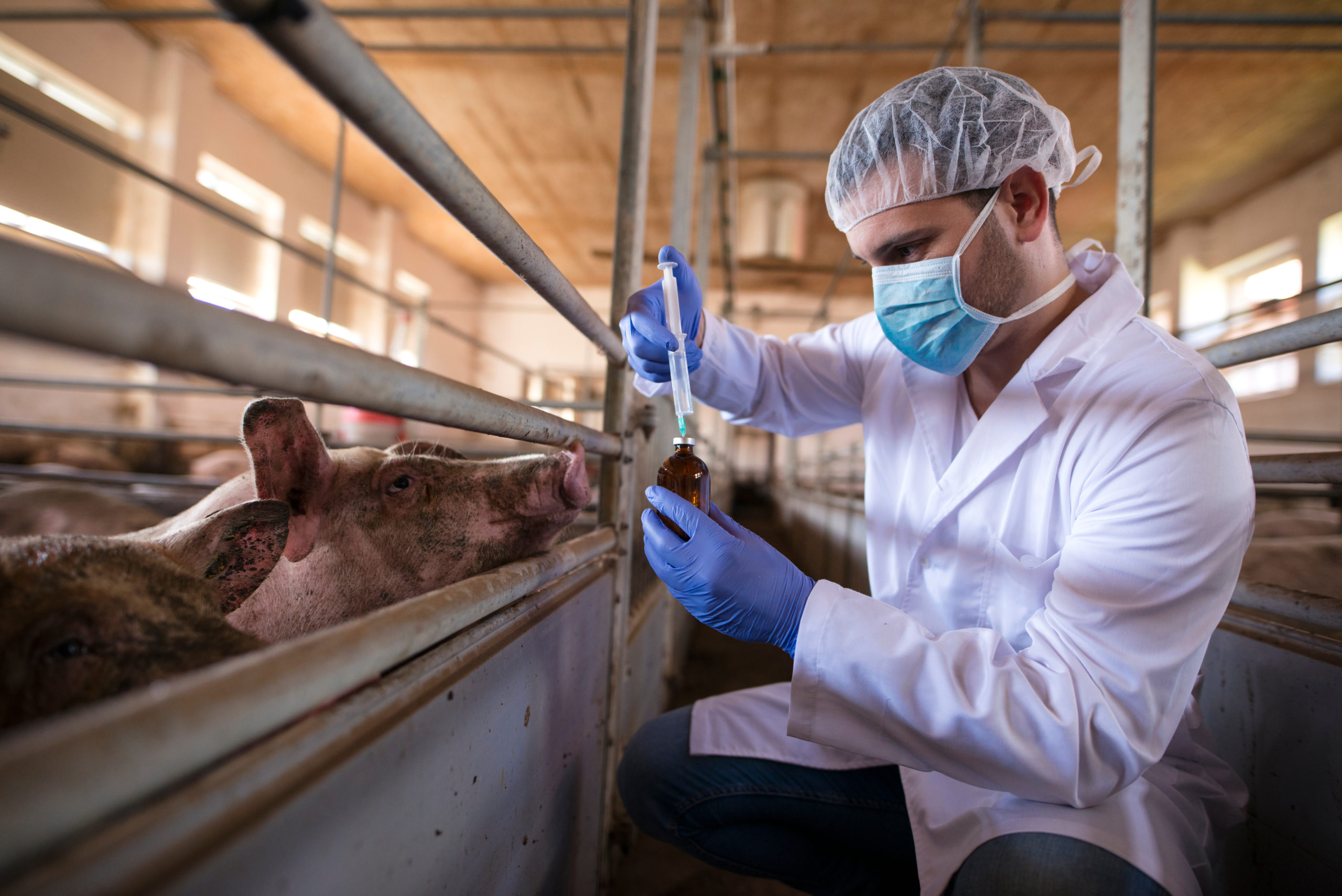
If new strains of drug-resistant bacteria are discovered in animals, the risk to humans can be more quickly assessed and measures to control it can be taken. Credit: Mott MacDonald.
Grand Challenge
AMR is sometimes framed as a ‘grand challenge’ for global health because it goes beyond narrow research questions and requires coordinated collaboration and collective efforts to address a problem with global implications.
Recognising the complexity, scale, and urgency of AMR, social scientists have been marshalling their expertise to rise to the challenge. For example, the International Network for Antimicrobial Resistance Social Science (INAMRSS) has established an open consortium of international academic centres focusing on social science research in AMR.
INAMRSS also leads in coordinating social science inputs for the Global AMR Research and Development Hub. This Hub is a global partnership of 17 countries, the European Commission, and two philanthropic foundations that aim to improve coordination and collaboration in global research on AMR using a One Health approach.
Collaborative platforms, such as the Joint Programming Initiative on Antimicrobial Resistance (JPIAMR), coordinate research funding and joint One Health AMR action. JPIAMR has also identified key entry points for AMR social science research and innovation across One Health sectors that encompass themes of environment, transmission, surveillance, diagnostics, therapeutics, and interventions.
Additionally, since 2019, the International Centre for Antimicrobial Resistance Solutions (ICARS) has been supporting collaborative initiatives led by low-and middle-income countries (LMICs) to identify “cost-effective solutions that are technically and financially feasible, work in practice, and create long-term sustainable behaviour change.”
Better AMR surveillance
UK Aid’s Fleming Fund is also at the forefront of interdisciplinary efforts to bring robust social science approaches to the challenge of AMR.
Based on partnerships between international and country partners in up to 25 LMICs, the Fleming Fund is delivered through a portfolio of country grants, regional grants, and a fellowship scheme - underpinned by core principles of country ownership, One Health working, strategic alignment, sustainability, and gender and equity.
Key intended results for the programme relate to improved antimicrobial use/consumption (AMU/C) and burden data; stronger surveillance capacity; improved AMR governance and leadership; and improved awareness and understanding of AMR.
Opportunities for interdisciplinary collaboration have been built into the core design of the Fleming Fund through better surveillance data of AMR and AMU for policy decision-making. The programme maintains a strong strategic focus on One Health and the environment, gender and equity, cross-sector engagement, economic and burden of disease analysis, and investment sustainability.
Emerging lessons
Several lessons are emerging. Large-scale programmes, such as the Fleming Fund, provide a coherent delivery framework for interdisciplinary collaborations based on equal partnerships, the direct application of research, and the building of a shared evidence base across diverse settings.
Nevertheless, the integration of the social sciences across One Health sectors remains conceptually, practically, and financially challenging.
Indeed, debates are now surfacing about whether the goal should be to incorporate the social sciences into AMR or, conversely, to incorporate AMR (with its wide scope) into the social sciences. “The management of AMR all lies in the social sciences; where the problem is biological (drug resistance), the solution is a social science (economics and behaviour),” said Dr Toby Leslie, Global Technical Leader of the Fleming Fund at Mott MacDonald.
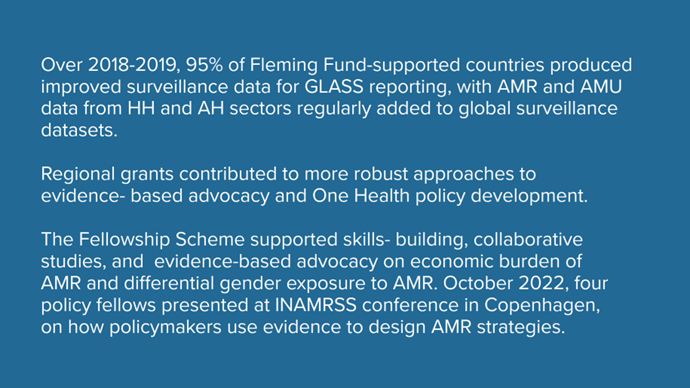
How the Fleming Fund has harnessed social sciences to deliver results.
Catalytic scope
The threat of AMR is a pressing concern that puts other global development goals at risk. The grand challenge remains complex, multi-framed, cross-boundary, and hard to solve. Yet, for all such challenges, the best responses lie in interdisciplinary thinking.
Social scientists have come to the table and the dialogue has begun. With the clear benefits of engaging this wide social expertise; and the historical challenges of convening to act across diverse disciplines, the Fleming Fund is timely and potentially catalytic.
Such approaches must be managed and monitored well, and there remains significant scope for continuous learning. However, bringing together AMR and social science perspectives to tackle AMR is surely an opportunity not to be missed.
*Reference: Anti-Microbial Resistance: Setting the Social Science Agenda.
Further Reading
Improving antibiotic markets for long-term sustainability.
How to improve antibiotic awareness campaigns: findings of a WHO global survey.
The imperative of linking the ‘technical’ with the ‘social’ to drive policy and advocacy.
Putting Gender and Equity at the heart of the Fleming Fund's next phase.
More Like This
Knowledge Notes
From Knowledge Notes, First line of defence for AMR One Health must address the climate crisis , Date: 04/07/2023
New country reports provide detailed accounts of drug resistance surveillance across the African continent to reduce the burden of AMR.
